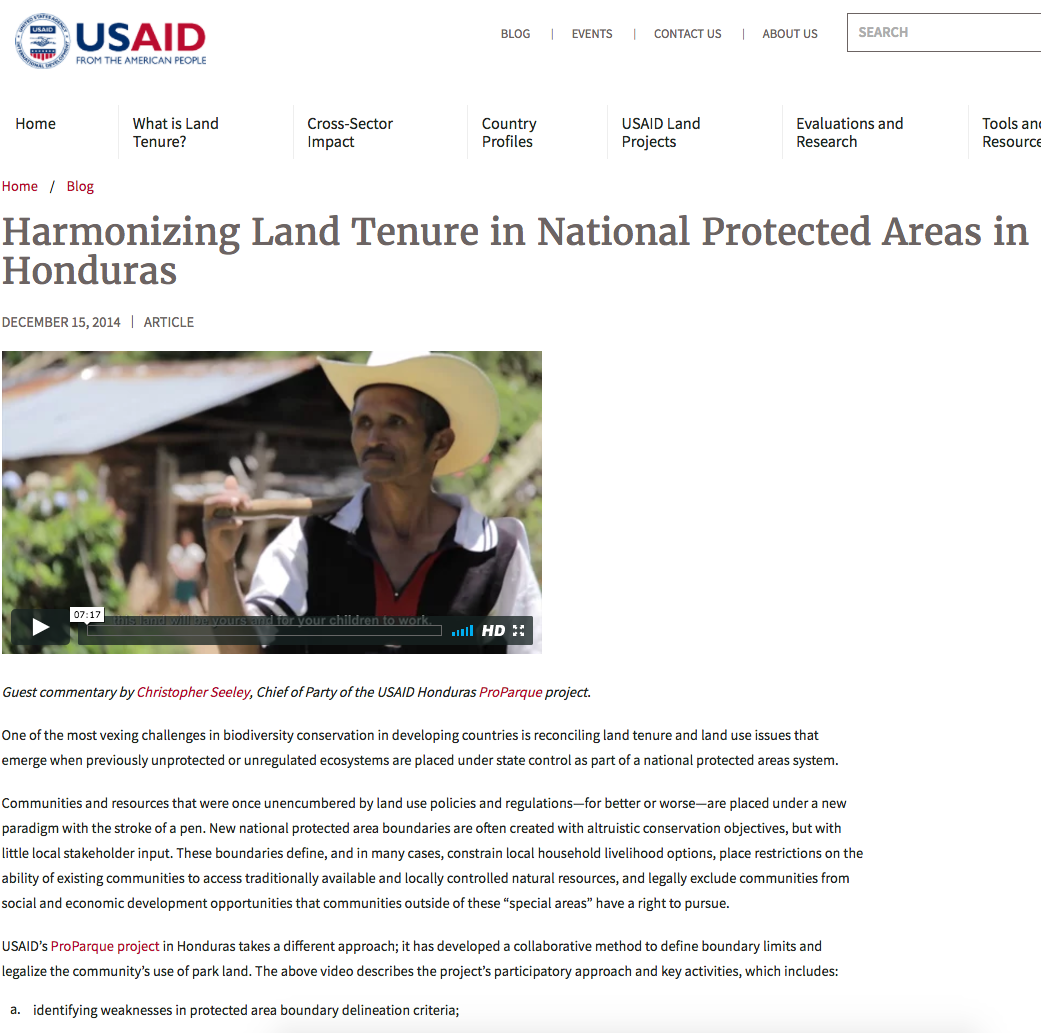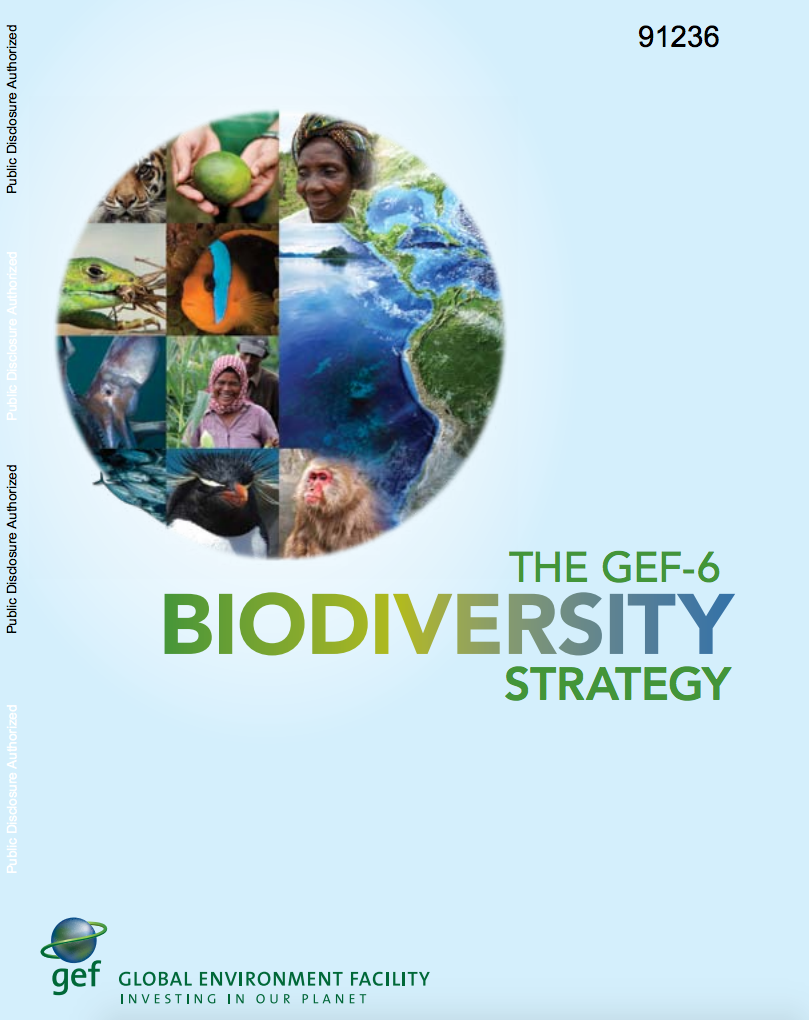USAID Mekong ARCC climate change impact and adaptation study for the Lower Mekong Basin, protected areas
This report provides an outline of protected areas and biodiversity in the Lower Mekong Basin. The analysis contains an overview of threats to protected areas from climate change, as well as non-climate threats such as land concessions, infrastructure development, illegal activities, and agriculture.








